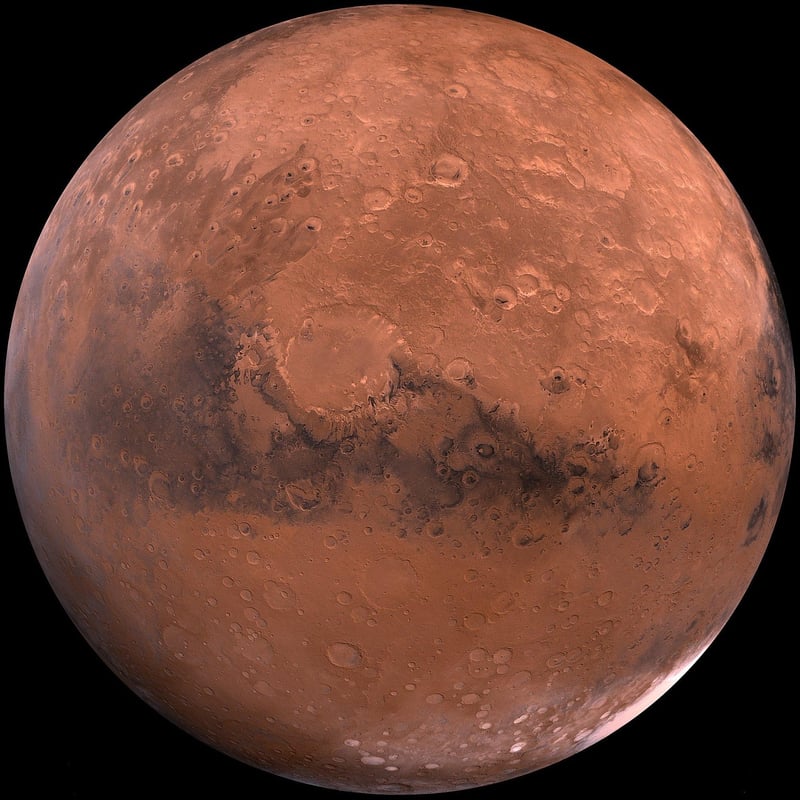Orbital Mechanics
The Intersection of Cutting-Edge Space Technology and Orbital Mechanics
Space exploration has always been a fascinating subject, capturing the imagination of people around the globe. Over the years, advancements in technology have revolutionized the way we study space, leading to remarkable discoveries and pushing the boundaries of human knowledge. One such area where cutting-edge technology plays a crucial role is in the field of orbital mechanics.
Understanding Orbital Mechanics
Orbital mechanics is the study of the motion of objects in space under the influence of gravitational forces. It helps scientists and engineers calculate the trajectories of spacecraft, satellites, and other objects in orbit around celestial bodies. By understanding orbital mechanics, experts can predict the paths of these objects with remarkable accuracy.
Role of Cutting-Edge Technology
Advances in technology have significantly enhanced our ability to explore space and conduct complex missions. From high-powered computers to sophisticated sensors and propulsion systems, cutting-edge technology is at the heart of modern space exploration. These technologies enable us to design spacecraft that can navigate through space, enter specific orbits, and even land on other celestial bodies.
Applications in Space Exploration
The marriage of cutting-edge technology and orbital mechanics has paved the way for groundbreaking space missions. From sending rovers to Mars to deploying satellites for remote sensing and communication, these advancements have expanded our reach into the cosmos. Scientists and engineers continue to push the boundaries of what is possible, thanks to the synergy between technology and orbital mechanics.
Future Prospects
As technology continues to evolve, the future of space exploration looks promising. Concepts such as advanced propulsion systems, autonomous spacecraft, and space tourism are becoming a reality, thanks to ongoing research and development in orbital mechanics and related fields. The next frontier of space exploration holds exciting possibilities, driven by innovation and a deep understanding of the laws that govern objects in motion in space.
Conclusion
The fusion of cutting-edge space technology and orbital mechanics represents a pinnacle of human achievement in our quest to explore the cosmos. By harnessing the power of technology and the principles of orbital mechanics, we are unlocking new frontiers and unraveling the mysteries of the universe. As we look ahead to the future, the possibilities seem endless, guided by our relentless curiosity and the drive to push the boundaries of what is possible in space exploration.


